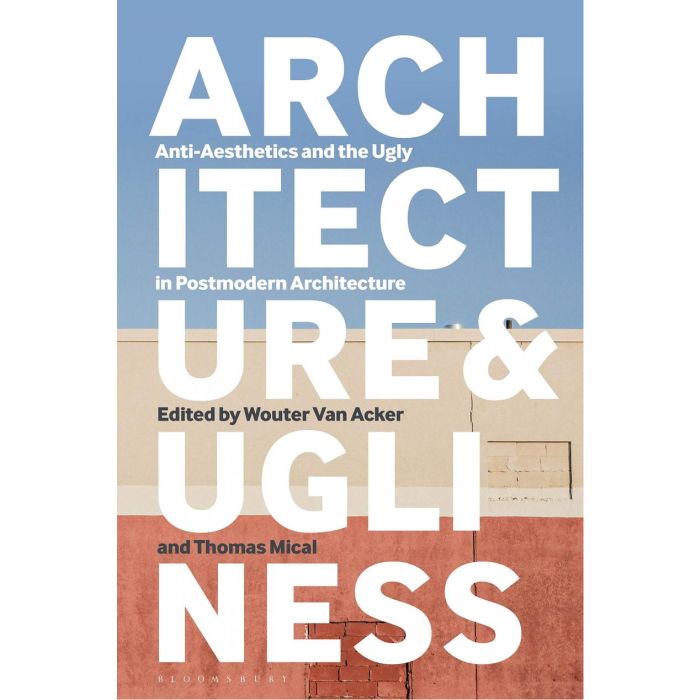My Cart
Your cart is empty
Looks like you haven't made your choice yet.
- Subtotal
Architecture and Ugliness

- Bloomsbury Academic
- by Wouter Van Acker, Thomas Mical
More Information
| Publisher | Bloomsbury Academic |
|---|---|
| ISBN | 9781350068230 |
| Author(s) | Wouter Van Acker, Thomas Mical |
| Publication date | January 2020 |
| Edition | Hardback |
| Dimensions | mm |
| Language(s) | Eng. ed. |
Description
Whatever 'ugliness' is, it remains a problematic category in architectural aesthetics - alternately vilified and appropriated, either to shock or to invert conventions of architecture. This book presents eighteen new essays which rethink ugliness in architecture - from brutalism to eclectic postmodern architectural productions - and together offer a diverse reappraisal of the history and theory of postmodern architecture and design. The essays address both broad theoretical questions on ugliness and postmodern aesthetics, as well as more specific analyses of significant architectural examples dating from the last decades of the twentieth century, addressing the relation between the aesthetic register of ugliness and aesthetic concepts such as brutalism, kitsch, the formless, ad hoc-ism, the monstrous, or the grotesque. The aim of this volume is not simply to document the history of a postmodern anti-aesthetic through case studies. Instead, it aims to shed light on an aesthetic problem that has been largely overlooked in the agenda of architectural theory, the question if and how ugliness can be of interest to architecture; or if and how architecture can make good use of ugliness.

Architecture and Ugliness
